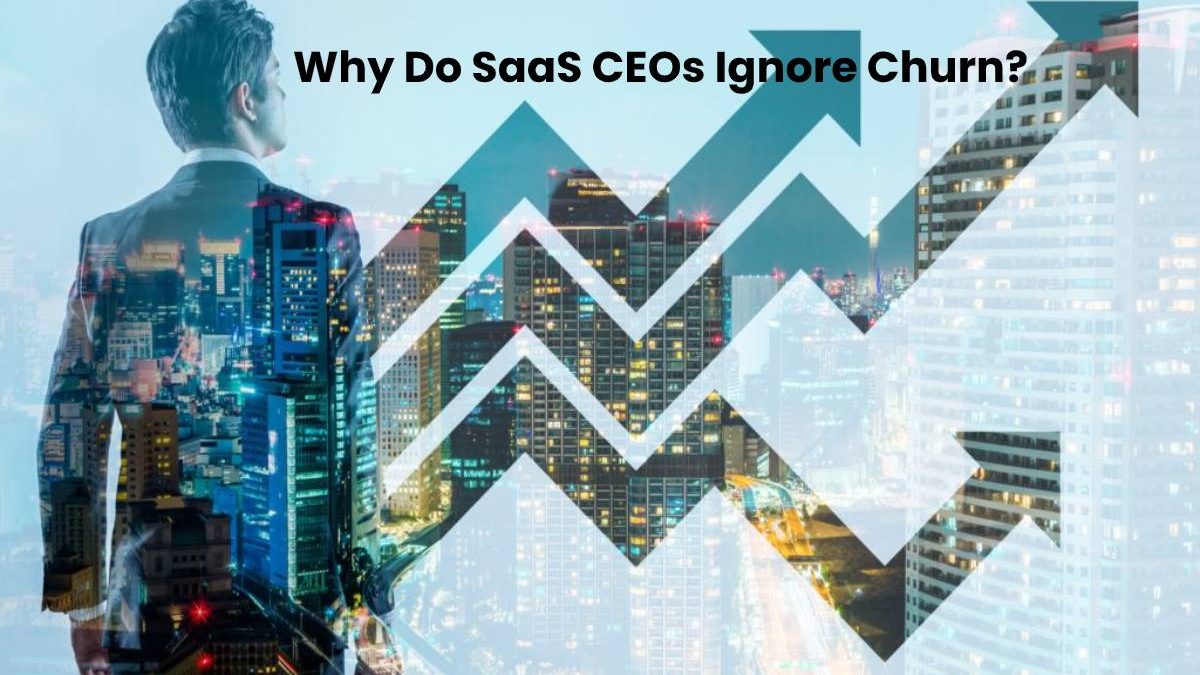SaaS CEOs Ignore Churn
Some SaaS founders don’t think about churn rate at all. It may sound crazy, but it’s true. I have thought of 2 possible reasons for that.
1. A SaaS company continues to acquire customers at a rate that is fast enough to show some minimal growth. That is why, the founder thinks that it is just a matter of a company’s growth, which is need to be speeded up.
2. A SaaS founder thinks that if a churn rate is high, it is okay. He or she doesn’t think this metric should be lower and just expect it to change out of thin air.
So, a SaaS founder thinks that it’s just fine to have 5% monthly churn. But let me explain what it means in reality.
- It means that a founder thinks it’s absolutely okay to lose 46% of the company’s customers per year!
- Usually, such things happen to those CEOs, who don’t have a Board of Directors. In this case, a person certainly needs someone to explain him or her the situation and the importance of the churn rate for the business.
- A high churn rate makes it really expensive and time-consuming, if not impossible, for any business to double.
- Chasing this goal would be like driving an obstacle course, which at most will end up being a loser in this game with no money.
- So, what I need to tell to a SaaS CEOs ignore churn who thinks that 5% monthly rate is normal, is that current situation means that his or her business cannot be profitable. They can try, but it’s like building a house from cardboard.
Negative Churn and Expansion Revenue
While you might have a negative churn or expansion revenue where you lose some customers, but the ones that stay pay you more over the course of the year, it is still not the same.
- A Saas product expert Maksym Babych says that sometimes SaaS providers with high churn rates don’t know how to effectively up-sell, cross-sell, or even down-sell. That is why the churn rate is rarely offset by its expansion revenue.
- And the cost of gaining more customers – especially when accurately figuring in all sales, marketing, on-boarding, and support costs – will frequently do more to offset what expansion revenue they have than the other way around.
- They also tend to choose the pricing models don’t help to push customers to higher pricing tiers and often have non-value differentiators (like storage) separating pricing tiers.
- Thus they themselves create the one of the most serious threats for the churn rate, since their customers try to work the system to pay less.
- If you know how to up-sell and cross-sell effectively, and you have a pricing that encourages customers to use more and accordingly pay more to drive expansion revenue, wouldn’t it be beneficial for you to expand revenue over a larger customer-base by keeping more customers?
- That’s right, even if the issue of expansion revenue is rather controversial, the main idea is that churn rate need to be as low as possible.
Bio
Maksym Babych, serial entrepreneur and SaaS professional.
Founder and CEO SpdLoad

